
English_books / New Cambridge Advanced
.pdf
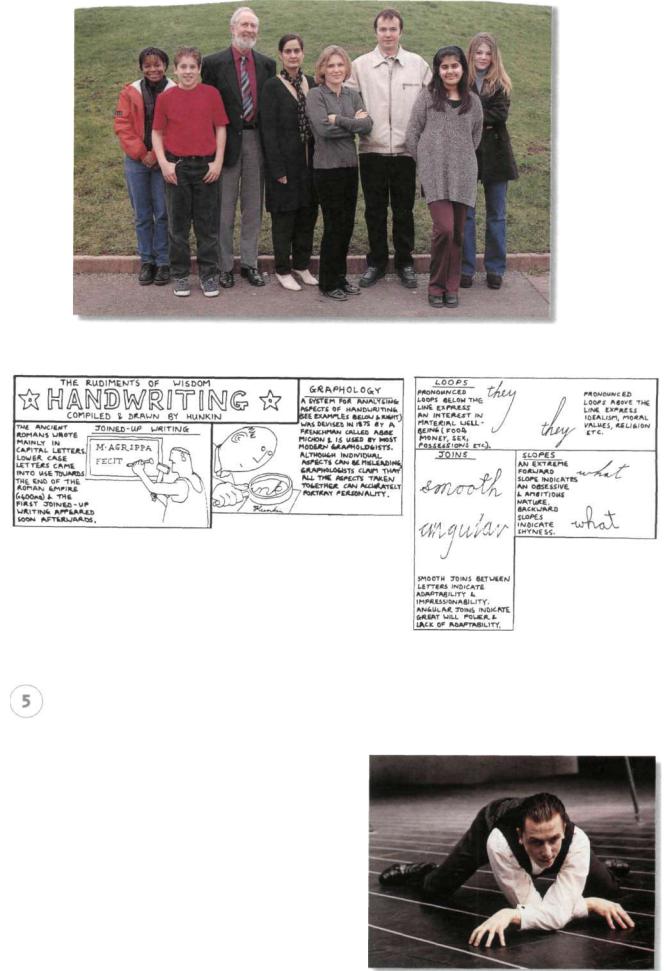
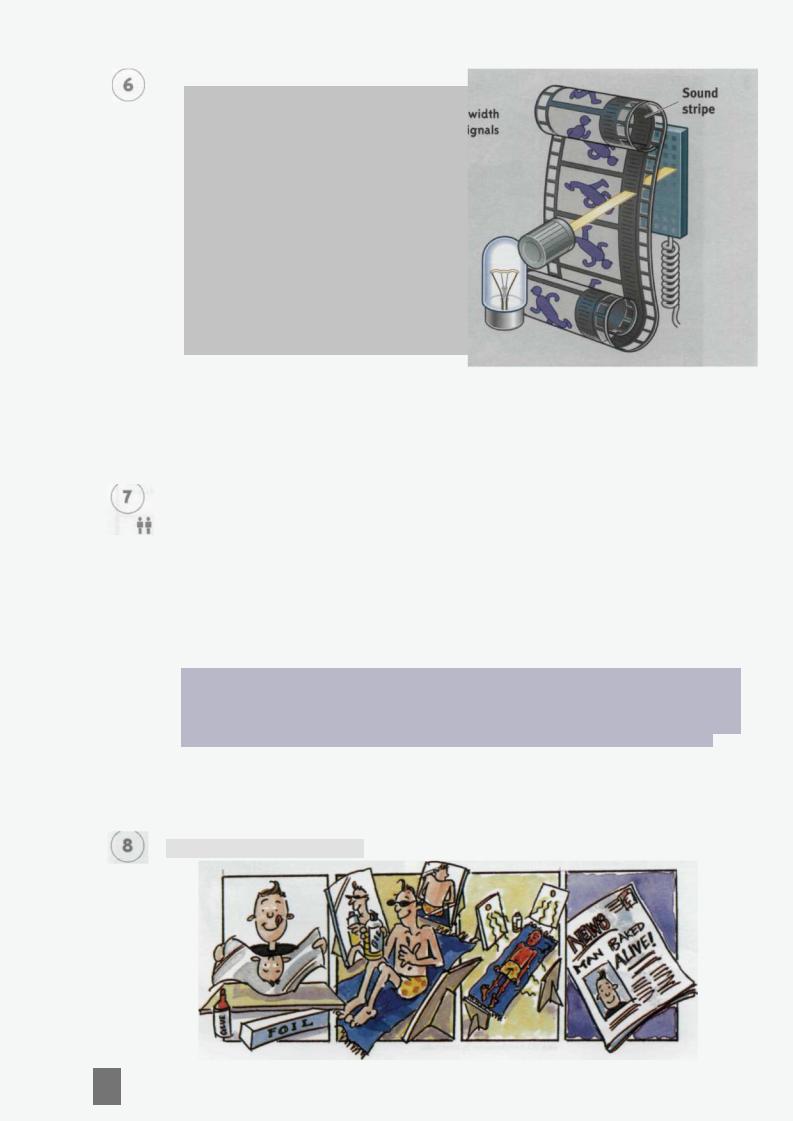


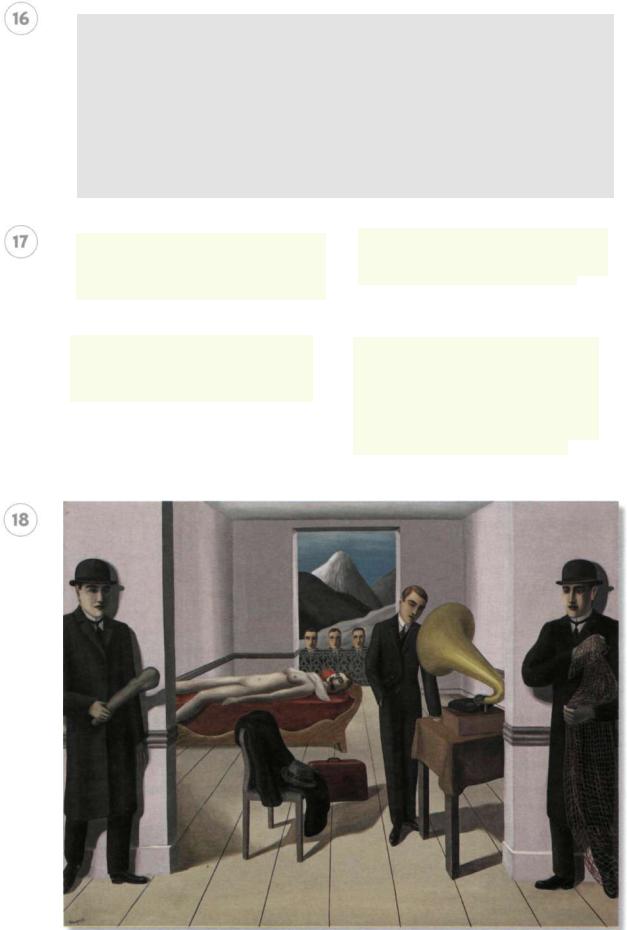
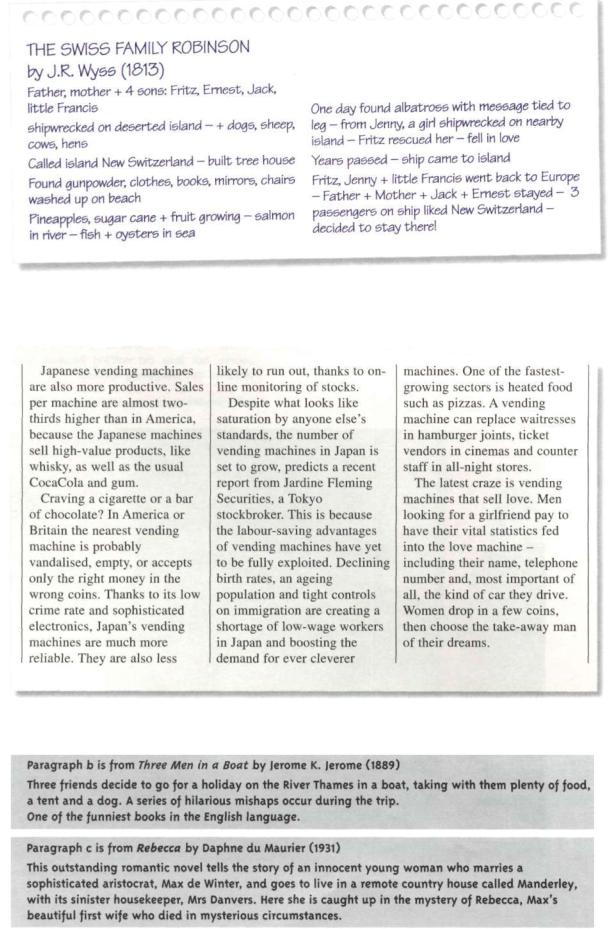
Spend a few minutes studying this summary and then tell the story. DON'T just read the summary aloud - try to MEMORISE the main points. Refer back to the summary only if you lose track of the story.
Read the continuation of 'Push-button lover*. Highlight the most interesting or amusing pieces of information in the article. Then, in your own words, tell your partners what you've found out.
Share this information with your partner. Don't read the summaries aloud - use your own words.
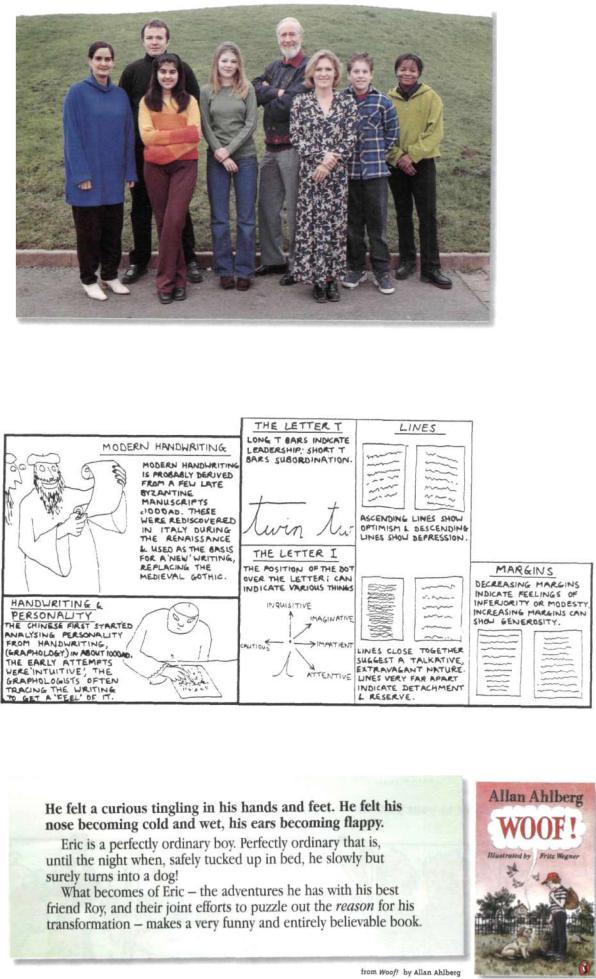
Study this information about graphology.

Did you know . . . ?
•A two-hour movie consists of 172,800 frames. Even a five-minute cartoon film consists of 7,200 separate drawings.
•Most films are shot on normal 35mm film but projected in the cinema with the top and bottom of the frame cut off to give a wide-screen effect. On TV the whole frame is usually shown - if you watch carefully, you can sometimes spot the microphone at the top of the screen.
1 Rewrite this passage using the exact words Max used:
2Now rewrite this passage as reported speech. Your friend Susan spoke to you on the phone last Wednesday and this is what she said:
3 Compare your versions with what the students in the other pair have written — and with the passages in Activity 7.
Tell this story to your partner:
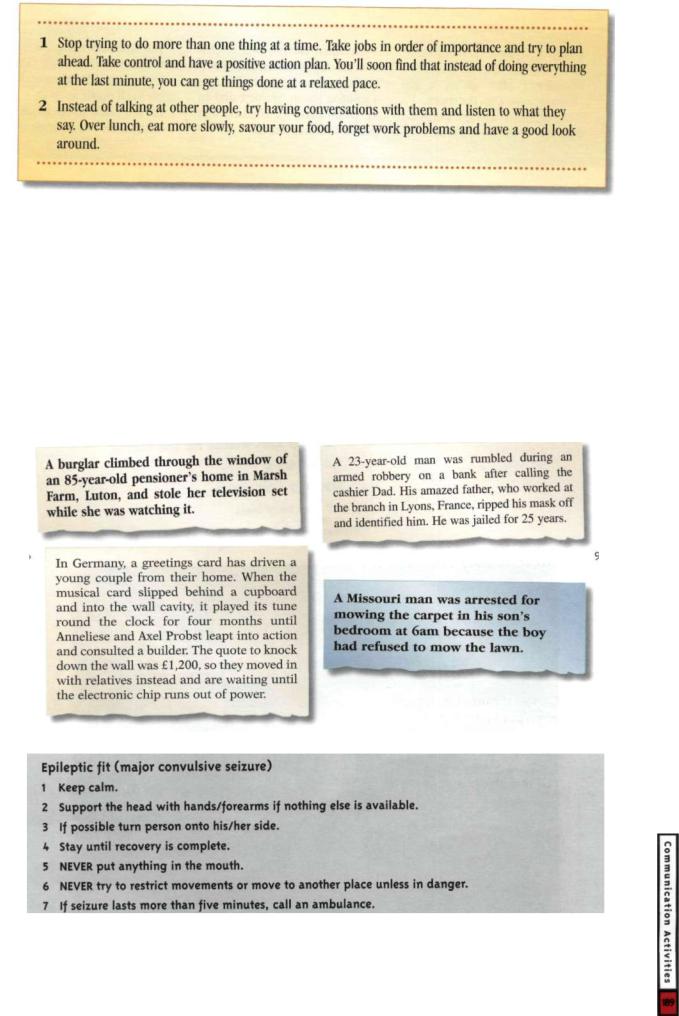
Read these pieces of advice. Then pass on the tips in your own words.
Here are some more points that distinguish formal written style from rapid conversational style:
1Showing feelings + attitude - tone of voice
-in writing you can't tell if writer is angry, happy or sad
-use of special words in novels to show feelings: 'whispered', 'sarcastically', etc.
2Grammar and style
-unfinished sentences in speech
-less complex style in speech
3Hesitation gives you time to think and decide what to say.
4It takes longer to write than to speak - but reader receives information more quickly.
